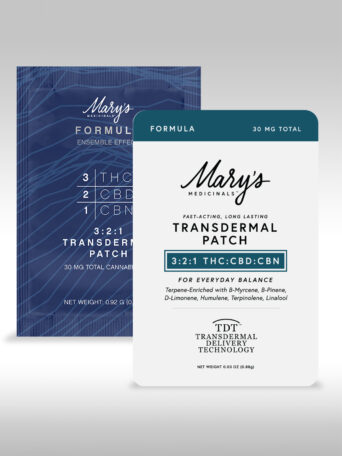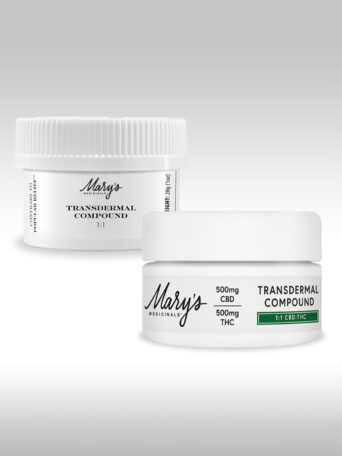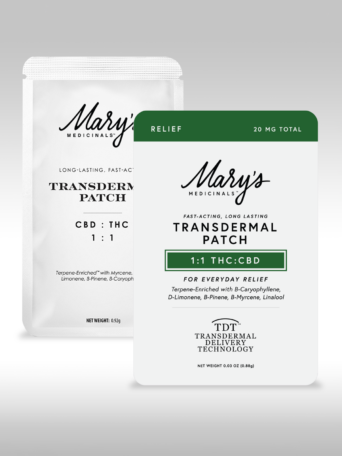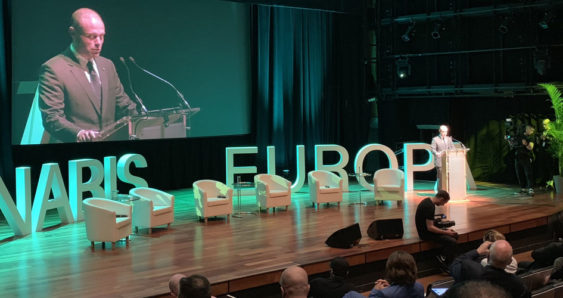This is the sixth report on The 2nd International Annual Congress on Controversies on Cannabis-Based Medicines held May 23-24, 2019 in Barcelona, Spain.
The 2nd International Annual Congress on Controversies on Cannabis-Based Medicines is history. It was invigorating to hear European perspectives on this important public health issue. But once you get past the stimulation of the meeting itself and the joy of making acquaintance with new people you are left with, “So? … What?”
The “So, what?” for me has been shared in these blogs (#38 to #44). These were the highlights of the meeting for me. No doubt, others would highlight other sessions but the sessions that tickle my fancy are those that demonstrate that the medical cannabis issue is moving forward. Perhaps that is why I have struggled to write this particular blog. The topic is the the official medical cannabis position paper of the European Pain Federation (EFIC). This document is from an established, non-governmental agency which is trying to come to terms with medical cannabis and, honestly, it does a good job. But … well, let’s start with some basics.
The EFIC position paper was adopted and published in 2018 and it led to enactment of a resolution by the European Parliament entitled “On the use of cannabis for medical purposes.”
Exciting stuff on the surface but a more careful reading of both documents reveals the yawning disconnect between the public’s desire to immediately access legal cannabis in a safe, medical regimen and the desire of governments and their agencies to cope with a new reality after a seventy year prohibition that is now acknowledged as nothing more than cultural control run amok.


EFIC officially endorsed the Barcelona meeting and their commitment to confronting the medical cannabis issue is obvious. The EFIC position paper is painstakingly done, mapping out the methods of the study and making an important point right at the start: the term “medical cannabis” should only be used for cannabis plants and plant material. “Cannabis-based medicines,” on the other hand, are “registered” extracts with defined and standardized THC and THC/CBD content.
The report then goes on to parse fifteen “systemic reviews,” two-thirds of which are studies with nabilone (a synthetic THC) or dronabinol (“a plant-derived/semi-synthetic”) as opposed to either medical cannabis or even true cannabis-based medicines. Nabiximol, produced by GW Pharmaceuticals and better known as Sativex, is mentioned in some of the studies but, for the most part, the studies that have been reviewed were conducted with synthetics.
EFIC’s final determination is that cannabis-based medicines “can be considered as an individual therapeutic trial” if everything else has failed. Sadly this position is somewhat akin to the U.S.A.’s position of thirty years ago when patients were told they could apply for cannabis via the compassionate IND program if all other treatments had failed. Granted, it may be easier to obtain cannabis in 2019 than it was in 1981 but patients still need to rely on their doctors to help obtain this “third line of treatment” and most physicians are still unwilling to cope with the administrative burden of moving patients onto medical cannabis.
The European Parliament Resolution (passed in February 2019) is equally fraught with conflicting intent. It is worth a read just to see an example of how difficult it can be to make it legal to access a weed. Its 36-points cover an extraordinary array of regulatory concerns but the crux of the document is summarized in point “F”:
“whereas EU Member States differ widely in their approach to cannabis legislation, including their legislation on cannabis for medical purposes, such as on the maximum allowed levels of THC and CBD concentrations, [this] can lead to difficulties for countries applying a more prudent approach;”
Well, we don’t want to offend countries seeking a more prudent approach, do we? Do their patients suffer more prudently too?
You see, that is the point—the patient. And it is the patient that is absent, time and again, in these government or non-government agency efforts. I have watched this scene play out over and over again. Of course there should be additional research. Everyone agrees with that. And there are many, many medical cannabis users who would welcome a regulatory scheme that makes their doctor more comfortable with recommending medical cannabis or even cannabis-based medicine. But when push comes to shove, these patients and caregivers are seeking the solution that gives them relief today and, for the moment, that is medical cannabis.
This is not rocket science nor is cannabis so inherently dangerous that we must keep it from the masses. At the end of the day anyone with an ounce of sense just has to look at the current situation and realize that “science” is being used to justify bureaucratic obstruction. Not the first time that has ever happened, of course. But it may be the first time it has happened on such a global scale, literally. Patients — young and old, American, European, Australian, African and Asian — all are suffering needlessly because bureaucrats, some of them scientists, “want to get it right.” Sadly, getting it right and doing the right thing are not necessarily the same. ❖
Up Next: Meeting Morsels from Barcelona.









